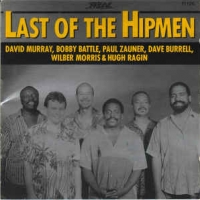Squeezelite vs MPD
OK. So I've bored you with my DLNA woes and my jumping ship to the ancient galley known as Logitech Media Server (it's written in PERL, FFS! shout the misguided techies).
I now have a controllable, reliable music network, so what do I care?
Well, as I said before, piCorePlayer sounds different from the players I was using when I was sending them music using DLNA.
I'd say that's because piCorePlayer is based on Squeezelite, which is a software implementation of Squeezebox hardware, so LMS can send your RPi (or, presumably, other computers running Linux) music streams. The DLNA renderers I used over the years were based on another piece of Linux music-streaming chicanery called MPD (Music Player Daemon).
So different innards. Different sound.
But how they're different!
At its best - to my ears, in MoOde - MPD does a blindingly good job of textures. You can feel the bass player's fingers on the strings. At its worst, it can sound all a bit dry and mechanical.
Let's flip to Squeezelite in piCorePlayer. The positive is a huge one, perhaps best summarised by my wife, who looked up from her Kindle and said 'They really sound as if they're enjoying themselves' to a track on a JJ Cale compilation.
She's right. There's a whole lot of emotion with piCorePlayer that wasn't there before. The music bounces along in its warm, inviting way, leaving you with a smile on your face. And yet, I sometimes miss the direct connection with the musicians that the MPD-based players offer.
I think Max2Play, an alternative to piCorePlayer, is based on MPD, so I'll try that sometime. It may be the best of both worlds.

Comments